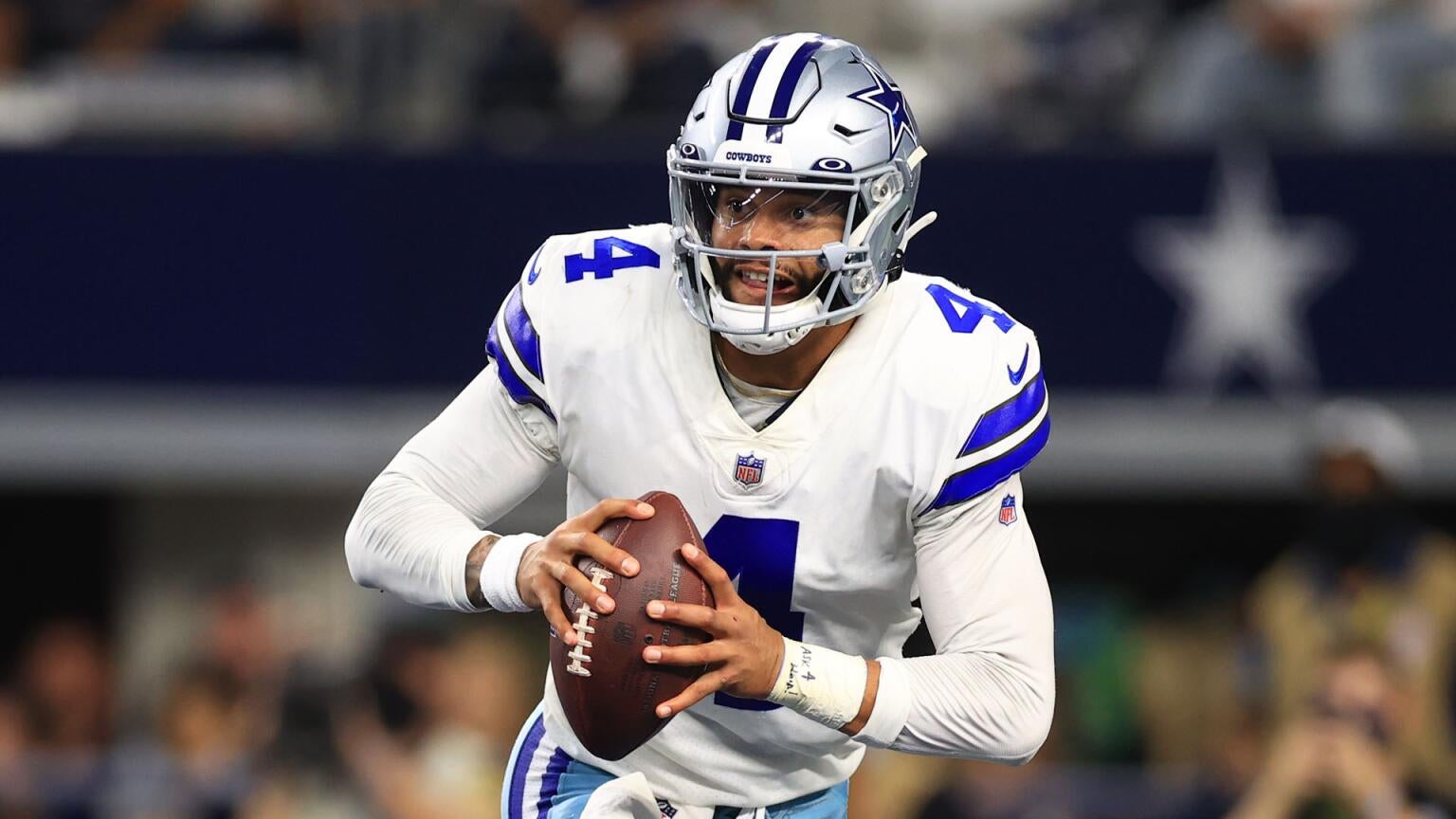TV and Streaming Executives Know It’s Getting Harder to Watch Sports, but They Don’t Agree on a Solution
Executives from Scripps Sports, DIRECTV and other TV providers were summoned to Congress to discuss the sports broadcasting and streaming landscape this week.

When the news that content from Bally Sports would soon be heading to Prime Video was first announced in January, it likely created a dual reaction from fans. Those comfortable with using streaming services were likely thrilled that they would soon potentially find their local sports teams on an easy-to-find streamer with no cable subscription required. Viewers who haven’t taken to streaming as easily were more likely confused and annoyed that there would be yet another outlet for them to search when trying to find their local MLB, NBA, and NHL teams going forward. Executives from some major TV providers spoke before the House Communications Subcommittee on Wednesday, discussing the current state of the sports broadcasting market as it grapples with cord-cutting and streaming.
- Scripps Sports president Brian Lawlor touted the success of a hybrid TV and streaming strategy before the subcommittee.
- DIRECTV chief content officer Rob Thun bemoaned the accessibility of streaming services by bars and restaurants.
- Sports providers have to solve the dilemma of increasing costs of acquiring sports rights and fewer revenues coming in from pay-TV customers.
Why is it Getting Harder to Find Local Sports Games?

Cable was the perfect model for live sports because it defrayed the high cost of acquiring sports rights from top leagues across a wide customer base. In most markets, cable and satellite providers forced customers who weren’t interested in watching their local sports teams on regional sports networks (RSNs) to pay to receive those channels anyway, effectively subsidizing fans who did enjoy watching those networks.
Cord cutting has taken a huge bite out of cable’s total footprint, however. One report from last year showed that cord-cutters would outnumber pay-TV subscribers in the United States for the first time in history in 2023, and that has led to substantially smaller revenues for owners of channels that distribute live sports. That’s why Diamond Sports Group (the owner of Bally Sports channels) has been in bankruptcy proceedings for nearly a year, and part of the reason executives appeared before the House committee this week.
Some see the increase in the use of streaming services by cord-cutters as a good thing for customers. Among those is Scripps Sports president Brian Lawlor, whose company offers Vegas Golden Knights games for in-market customers on local broadcast channels, and has also teamed with the Knights to create the KnightTime+ streaming service, which allows fans to subscribe monthly or even for a single game.
“It’s a great consumer experience and it’s great for fans,” Lawlor testified on Wednesday about the choices Knights fans have for watching games. “So we don’t think it has to be either/or. We think there’s a broadcast mechanism as well as a streaming [one] that can complement each other.”
Many providers have been hesitant to fully accept streaming as a way to offer sporting events because it can’t come close to providing the revenue that cable traditionally has. Streaming services don’t force non-fans to subsidize sports watchers at nearly the same rate that pay TV does, but costs of live sports rights are only going up; data released by Ampere Analysis in October showed the annual spend on sports broadcasting rights in United States, United Kingdom, France, Germany, Spain, Italy, and Australia grew by 68% between 2014 and 2022.
DIRECTV’s chief content officer Rob Thun is one of those executives who struck a more dubious tone about the growing prevalence of subscription streamers as a way to distribute live sports. Thun referenced the Peacock-exclusive NFL Wild Card game between the Kansas City Chiefs and Miami Dolphins as a flaw in the current system; the game drew big ratings for Peacock, but Thun bemoaned the difficulties of businesses like bars and restaurants in getting the equipment and subscriptions needed to offer sports via streaming, as well as the latency issues many streaming services which provide live sports still experience.
“There’s latency individual to each box, so you will see choppy game viewing through the same establishment because it’s different technology,” Thun told the House Committee on Communications. “Fans don’t like that.”
Of course, DIRECTV has been the long-time go-to for commercial sports distribution, so while Thun’s points are valid, they are also a bit self-serving. If, and when, streaming finds technological solutions to combat disjointed latencies and business solutions to more effectively distribute commercial broadcast licenses, that could seriously impact one of the few remaining consistent prongs of the satellite company’s business model.
Is the Sports Broadcasting World Evolving, or Falling into Chaos?

In The Streamable’s expert opinion, the answer is a little of both. From the consumer standpoint, live sports are likely to get more expensive and spread across more streaming services in the short term. Leagues may try to increase the value of their rights not by simply charging the same providers more, as in the past, but by distributing their contests more widely. The NBA is doing precisely that, as it wants to sell a package of nationally broadcast games exclusively to a streaming platform in its next media deal.
Lawlor is clearly right that offering fans a way to watch games on TV and via streaming is a better fan experience, as it gives customers the choice of their preferred viewing method. But some teams, leagues, and rights holders won’t want to go to the expense of creating an in-market streaming service for their fans, especially when that streamer might pull even more revenue away from traditional TV broadcasts. That’s what Max is dealing with currently, as it now airs all sports events appearing live on TNT and TBS simultaneously in its Bleacher Report add-on.
The consolidation of the streaming market could be just the ticket for fans and providers. Larger streaming platforms will have more operating money for pursuing live sports rights, and consolidation will leave fans less confused about the number of outlets they have for watching a particular sports team.
Streamers are just beginning to navigate bundling partnerships, so greater consolidation of the industry could still be years away. Until then, fans may have to continue dealing with a confounding set of options for watching their favorite teams; executives from top TV providers know the current situation isn’t ideal for fans, but they don’t have a consensus on how to solve the problem.
Max
Max is a subscription video streaming service that gives access to the full HBO library, along with exclusive Max Originals. There are hubs for content from TLC, HGTV, Food Network, Discovery, TCM, Cartoon Network, Travel Channel, ID, and more. Watch hit series like “The Last of Us,” “House of the Dragon,” “Succession,” “Curb Your Enthusiasm,” and more. Thanks to the B/R Sports add-on, users can watch NBA, MLB, NHL, March Madness, and NASCAR events.

